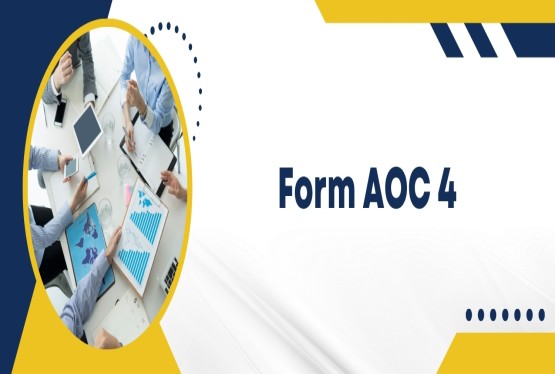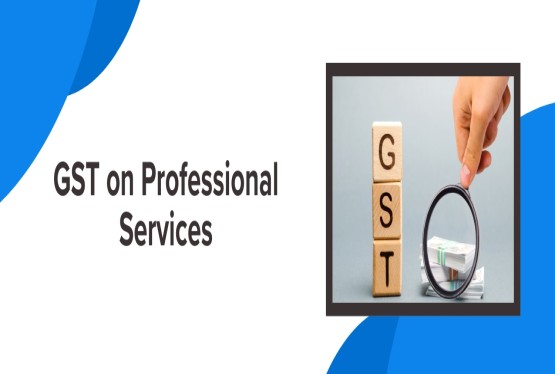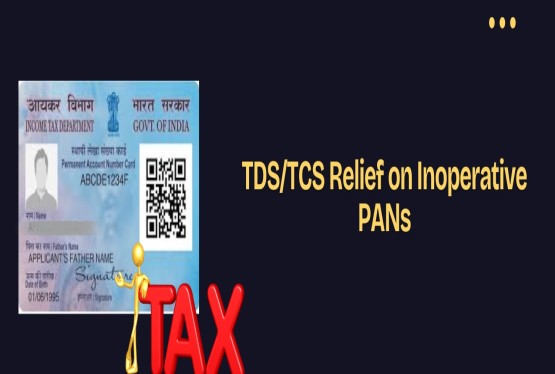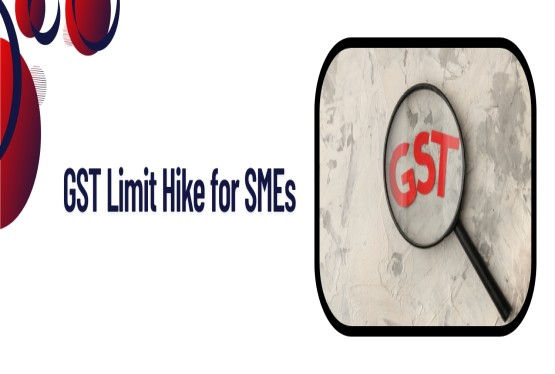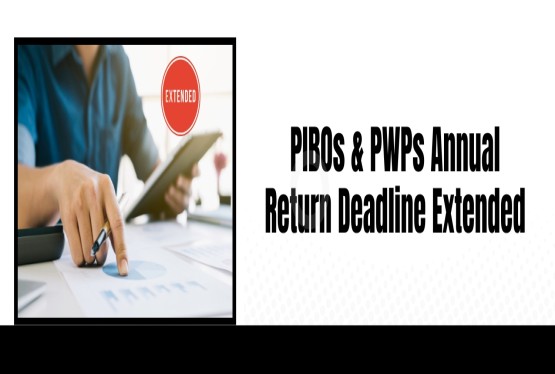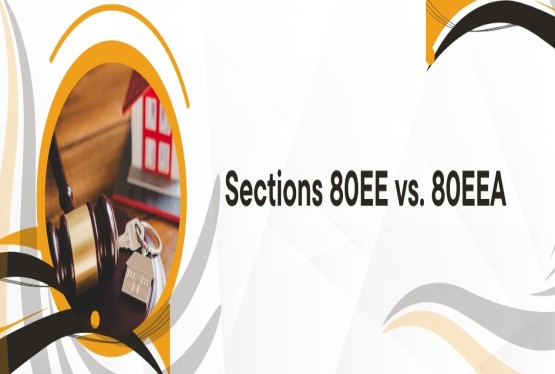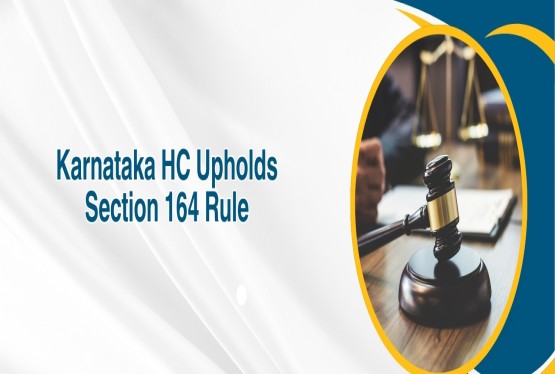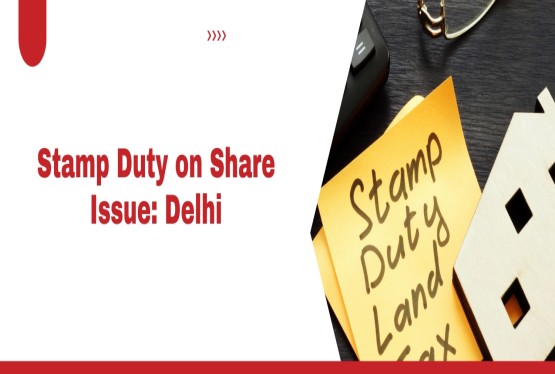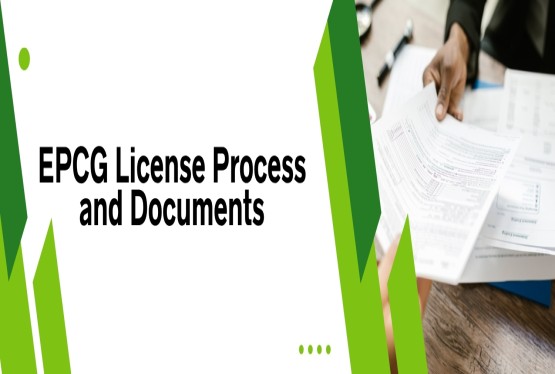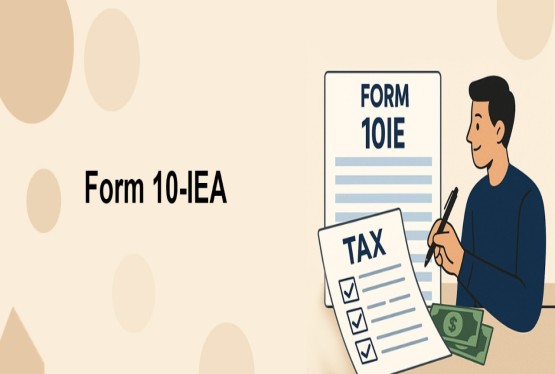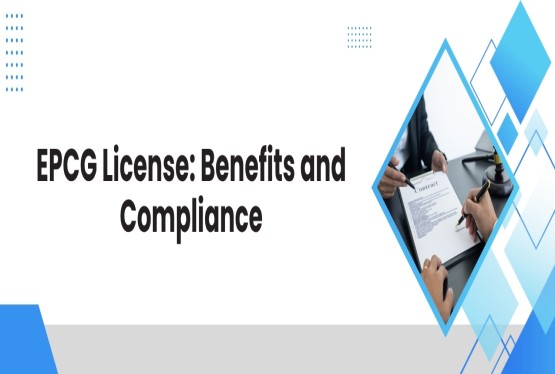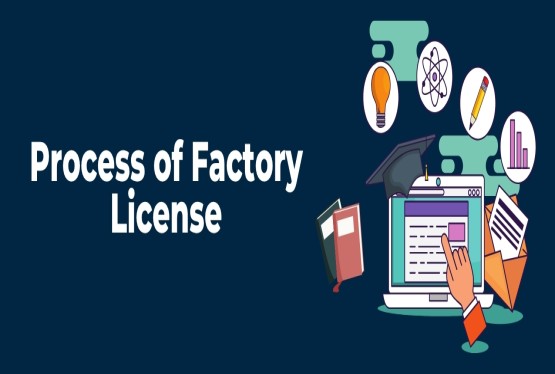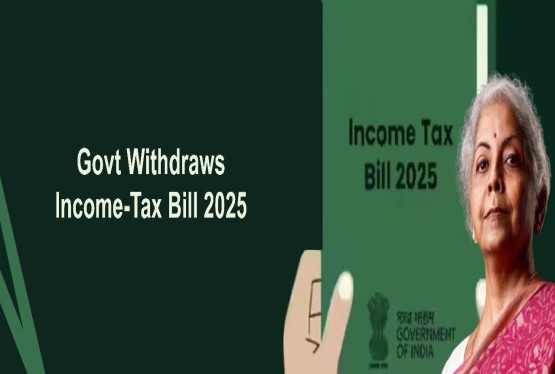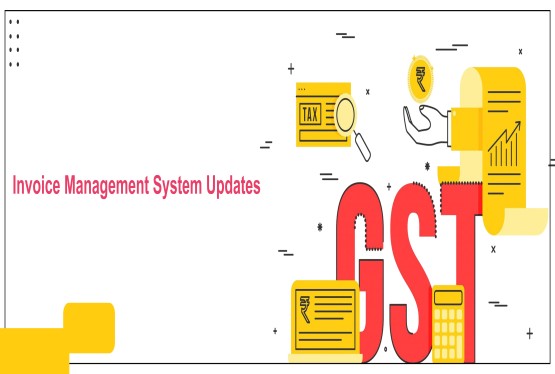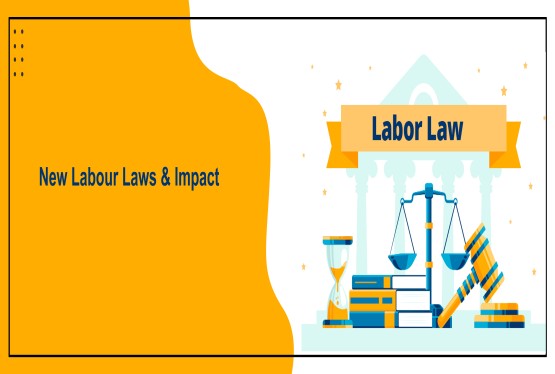Section 115BAC of Income Tax Act was introduced through the Finance Act of 2020 and brought into effect from FY 2020-21 (AY 2021-22). It provides an alternative tax regime for individuals and Hindu Undivided Families (HUFs) with reduced slab rates. However, it comes with certain restrictions on deductions and exemptions, which were available in the old regime. From FY 2023-24 onwards, the new tax regime under Section 115BAC has become the default option, although taxpayers can still opt for the old regime by filing Form 10-IEA. In the Union Budget 2025, significant updates have been made to this section, particularly enhancing the rebate and standard deduction limits.
What is Section 115BAC of Income Tax Act?
Section 115BAC of Income Tax Act offers a concessional tax regime for individuals and HUFs who do not wish to claim certain deductions and exemptions. This regime simplifies the income tax calculation by removing several allowances and benefits but compensates with reduced slab rates. It was primarily introduced to make the tax system easier for those not claiming deductions under Chapter VI-A or other provisions.
From FY 2023-24, this new regime is the default option. Still, a taxpayer can switch to the old regime by filing Form 10-IEA before the due date of filing the income tax return. This section will be shifted to Section 202 in the Income Tax Bill 2025, effective from April 1, 2026.
Features of Section 115BAC of Income tax Act
The key features of Section 115BAC of Income Tax Act include:
-
Lower Tax Rates: The new regime offers reduced tax rates compared to the old regime. However, the benefit of lower tax comes at the cost of losing several exemptions and deductions.
-
Simplified Tax Filing: Taxpayers do not need to gather proofs or claim exemptions under various sections, making tax filing easier.
-
No Deductions or Exemptions: Most deductions such as under Section 80C, 80D, and others are not available in the new regime.
-
Standard Deduction Increased: From FY 2024-25, the standard deduction has been increased to Rs. 75,000 for salaried individuals.
-
Default Regime: The new regime is now the default for all individuals and HUFs unless they opt for the old regime explicitly.
New Income Tax Slabs Under Section 115BAC for FY 2025-26
-
Income up to Rs. 4 lakh: Nil
-
Rs. 4 lakh to Rs. 8 lakh: 5%
-
Rs. 8 lakh to Rs. 12 lakh: 10%
-
Rs. 12 lakh to Rs. 16 lakh: 15%
-
Rs. 16 lakh to Rs. 20 lakh: 20%
-
Rs. 20 lakh to Rs. 24 lakh: 25%
-
Above Rs. 24 lakh: 30%
This revised slab structure ensures zero tax liability up to Rs. 12.75 lakh when combined with standard deduction and Section 87A rebate.
Eligibility for Section 115BAC
Only individuals and HUFs are eligible to opt for Section 115BAC of Income Tax Act. However, for those with business or professional income, once they choose the new regime, it remains applicable for subsequent years. They cannot switch regimes every year like salaried individuals. If they want to switch back to the old regime, they are allowed to do so only once.
Exemptions and Deductions Not Allowed Under Section 115BAC
Under Section 115BAC of Income Tax Act, several popular deductions are not allowed. These include:
-
House Rent Allowance (HRA)
-
Leave Travel Allowance (LTA)
-
Deductions under Section 80C (PPF, LIC, ELSS, etc.)
-
Section 80D (Health insurance premium)
-
Section 80E (Education loan interest)
-
Section 80G (Donations)
-
Professional Tax
-
Interest on home loan for self-occupied property
-
Children's education allowance
-
Deduction under Section 24 for self-occupied property
These deductions are disallowed to make the tax structure straightforward. By doing so, the new regime discourages investment-linked tax-saving behavior.
Deductions Allowed Under Section 115BAC
While most deductions are disallowed, there are still certain exemptions and deductions available under the new regime. These include:
-
Standard Deduction of Rs. 75,000 (FY 2024-25)
-
Deduction for employer’s contribution to NPS under Section 80CCD(2) up to 14% of salary
-
Family pension deduction up to Rs. 25,000
-
Transport and conveyance allowance for specially-abled persons
-
Tour and transfer allowances
-
Daily allowances for employees
-
Perquisites for official purposes
-
Gratuity and leave encashment
-
Interest on housing loan for let-out property
-
Gifts received up to Rs. 50,000
-
Deduction under Section 80CCH(2) for contribution to Agniveer Corpus Fund
Section 115BAC for Business Income
For taxpayers with business income, choosing the new tax regime is a long-term commitment. Once they opt in, it continues for future years unless withdrawn permanently. Unlike salaried individuals, business taxpayers cannot switch between the new and old regimes every year.
Also, they must intimate their choice to the income tax department using Form 10-IEA. The benefits of depreciation and brought forward losses from earlier years cannot be claimed under the new regime.
House Property Loss Under New Tax Regime
Under the new regime, deduction for interest on a home loan up to Rs. 2 lakh for self-occupied property is not allowed. Also, any loss arising from house property due to excess interest cannot be set off against salary or other income. For let-out properties, interest is deductible only up to the rental income and excess cannot be adjusted or carried forward.
Old vs New Tax Regime – Which to Choose?
The choice between old and new regime depends on an individual’s income level and the deductions they plan to claim. If someone makes investments in PPF, health insurance, ELSS, and other tax-saving instruments, the old regime may offer better benefits.
For example, an individual earning Rs. 12.5 lakh annually and claiming all possible deductions under Section 80C and 80D will benefit more from the old regime. However, if deductions are limited, the new regime provides significant tax relief with lower rates and lesser compliance.
Updated Rebate under Section 87A
For FY 2025-26, the rebate under Section 87A has been increased to Rs. 60,000 from Rs. 25,000. This applies only to those opting for the new tax regime. As a result, taxpayers with income up to Rs. 12 lakh effectively pay no tax after availing the rebate and standard deduction.
Unabsorbed Depreciation and Business Loss
In the case of business income, Section 115BAC disallows set-off of brought forward business losses or unabsorbed depreciation if they relate to deductions now excluded. This makes the new regime less beneficial for businesses that carry forward significant losses.
How to Opt for the New or Old Tax Regime?
For salaried individuals, the choice can be made at the time of filing ITR. Even if they chose one regime for TDS during the year, they can switch while filing returns. For business income taxpayers, once opted out of the new regime, they cannot opt in again except under prescribed conditions.
Form 10-IEA must be submitted before the due date of filing the return for those opting for the old regime. Failing to submit this form means you continue in the default new regime.
Conclusion
Section 115BAC of Income Tax Act offers taxpayers a simplified alternative to the traditional tax structure. With lower tax rates and limited deductions, it suits individuals with fewer investments and deductions. Salaried individuals enjoy flexibility to choose every year, while business taxpayers need to be cautious before making the switch.
Taxpayers are advised to compute their tax liability under both regimes and compare. Those who heavily rely on deductions like Section 80C, 80D, and home loan interest may continue with the old regime. Others who prefer a hassle-free, fixed-rate tax system may benefit from opting for the new regime under Section 115BAC of Income Tax Act.
FAQs
Q1. What is Section 115BAC of Income Tax Act?
Ans. Section 115BAC of Income Tax Act provides an alternative way to calculate income tax using reduced slab rates but with limited deductions and exemptions. It was introduced in Budget 2020 and made the default tax regime from FY 2023-24. Taxpayers can still choose the old regime by filing Form 10-IEA before the due date of income tax return filing.
Q2. Who is eligible to opt for the new tax regime under Section 115BAC?
Ans. Individuals and Hindu Undivided Families (HUFs) are eligible to opt for the new tax regime. Salaried persons can switch between regimes every year, while those with business or professional income must stick with their choice permanently unless they withdraw it once and cannot opt in again later.
Q3. Can I claim House Rent Allowance (HRA) under Section 115BAC?
Ans. No, HRA cannot be claimed under the new tax regime. Section 115BAC disallows HRA, LTA, standard deductions under 80C, 80D, and most other exemptions and deductions available in the old regime.
Q4. What deductions are allowed under Section 115BAC?
Ans. Under the new regime, only a few deductions are allowed. These include the standard deduction of Rs.75,000, deduction for employer’s contribution to NPS under Section 80CCD(2), family pension deduction up to Rs.25,000, and exemptions for travel or conveyance allowances related to official duties.
Q5. Is the new tax regime better than the old regime?
Ans. It depends on your income and investment profile. If you claim multiple deductions like 80C, 80D, home loan interest, etc., the old regime may provide more savings. But if you do not invest much in tax-saving instruments, the new regime with lower rates can reduce your tax liability.
Q6. What is the rebate limit under the new tax regime?
Ans. For FY 2025-26, the rebate under Section 87A has been increased to Rs.60,000 for those opting for the new regime. This means if your net taxable income is up to Rs.12 lakh (including standard deduction), your tax liability can be effectively zero.
Q7. Can I switch from the new regime to the old regime after filing Form 10-IEA?
Ans. Salaried individuals can switch between regimes each year at the time of ITR filing. But if you have business income and opt for the new regime using Form 10-IEA, you can switch back to the old regime only once. After that, you cannot re-enter the new regime unless allowed by specific provisions.
Q8. What happens if I do not file Form 10-IEA on time?
Ans. If you do not submit Form 10-IEA before the due date (usually July 31 of the assessment year), you will automatically be taxed under the default new regime. You won’t be allowed to claim deductions under the old regime unless the form is submitted correctly and within the timeline.








_crop10_thumb.jpg)




































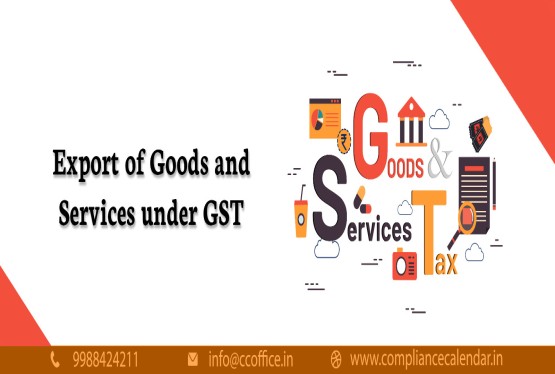













































_for_FY_2025-26_crop10_thumb.jpg)



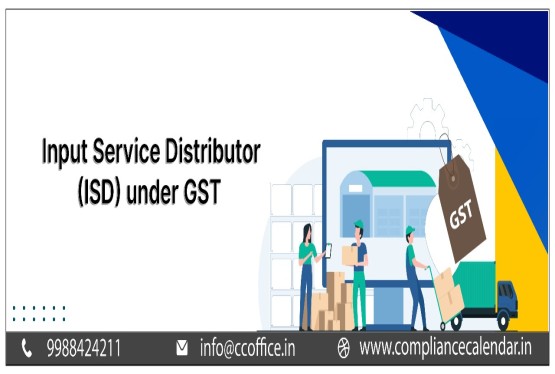








_learn_crop10_thumb.jpg)








_Filing_Due_Dates_for_FY_2024-25_learn_crop10_thumb.jpeg)
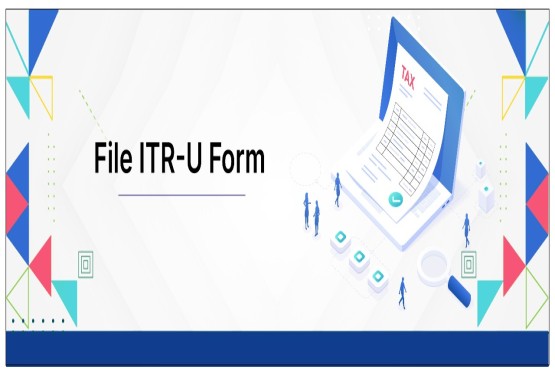
























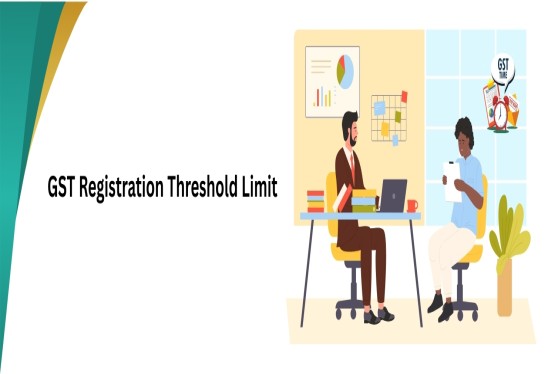
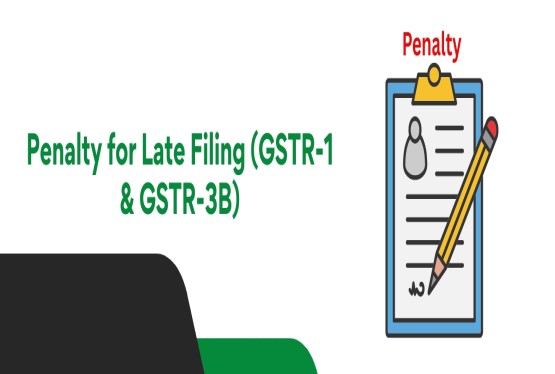












_of_GST_Act_learn_crop10_thumb.jpg)










_Under_GST_learn_crop10_thumb.jpg)








_crop10_thumb.jpg)


_crop10_thumb.jpg)






_learn_crop10_thumb.jpg)






















_of_the_Income_Tax_Act_learn_crop10_thumb.jpg)



_learn_crop10_thumb.jpg)






_learn_crop10_thumb.jpg)






_crop10_thumb.jpg)




















_in_The_Income_Tax_Act,_1961_learn_crop10_thumb.jpg)



_learn_crop10_thumb.jpg)



_of_the_Income_Tax_Act_learn_crop10_thumb.jpg)

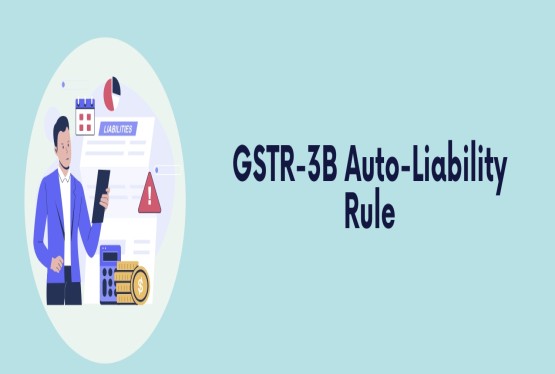
_Of_Income_Tax_Act_learn_crop10_thumb.jpg)








_learn_crop10_thumb.jpg)








_learn_crop10_thumb.jpg)
_crop10_thumb.jpg)

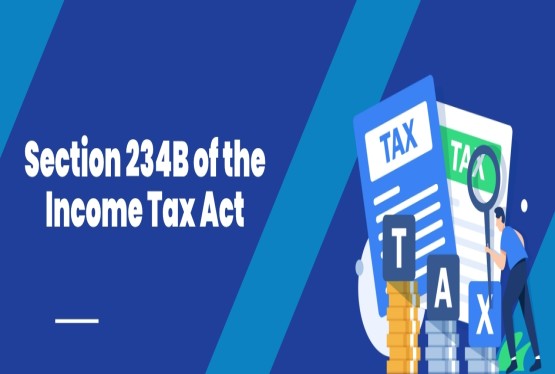




















_learn_crop10_thumb.jpg)
_for_Import_and_Export_learn_crop10_thumb.jpg)









